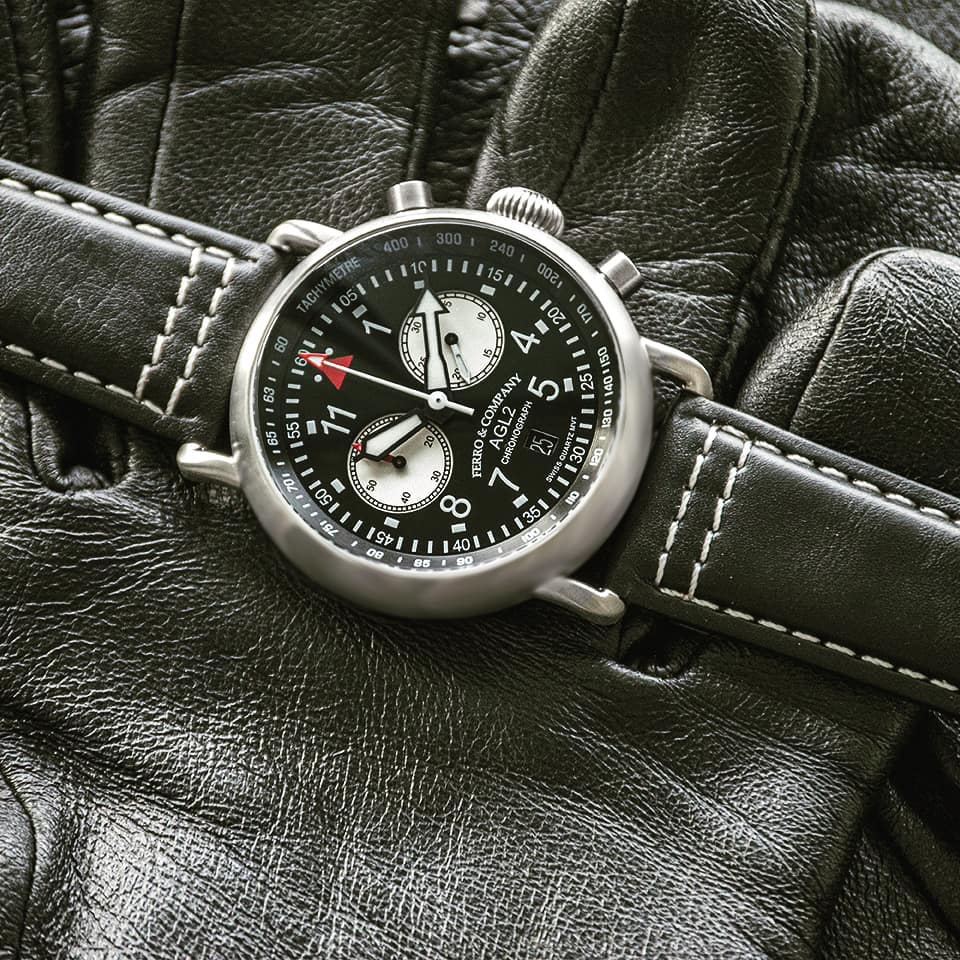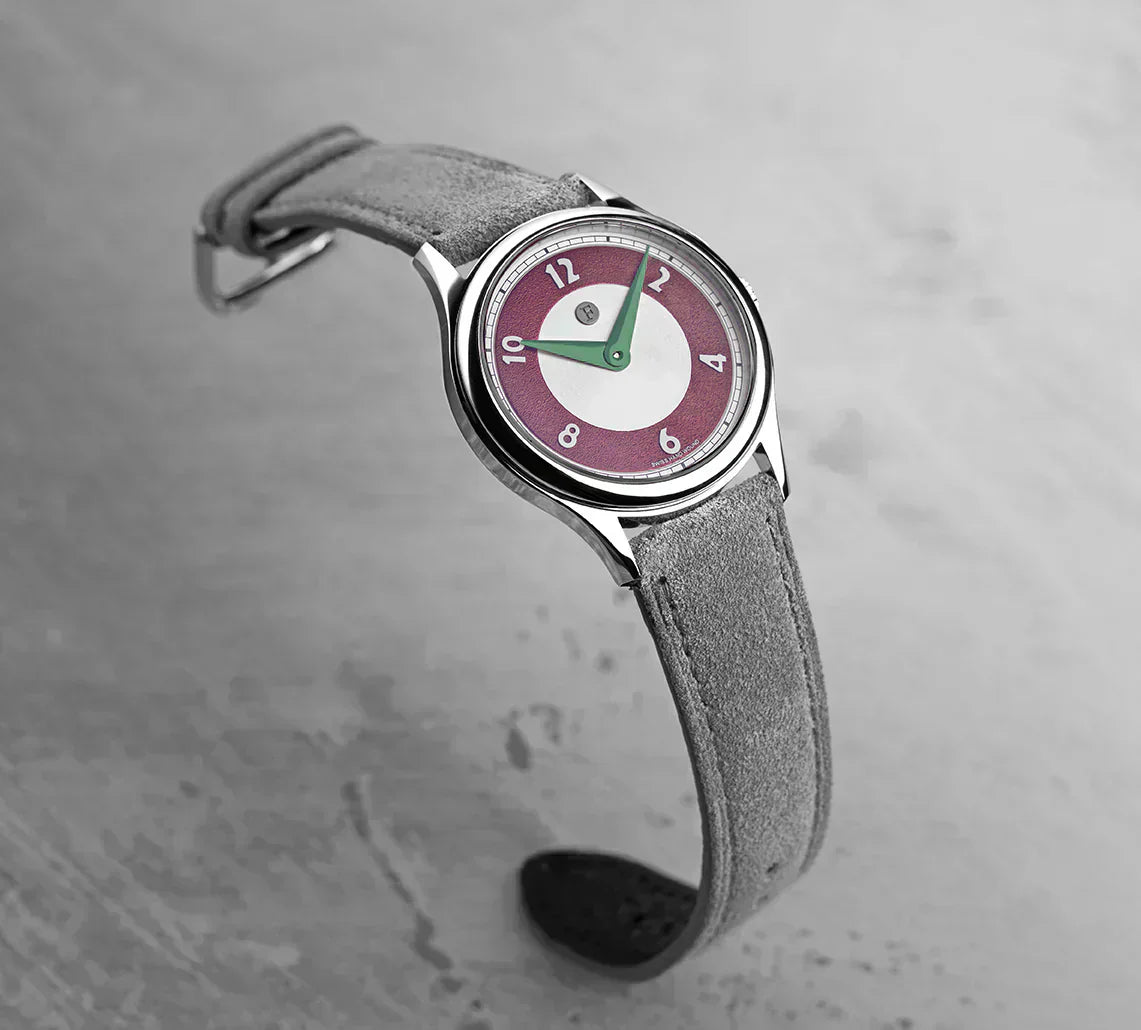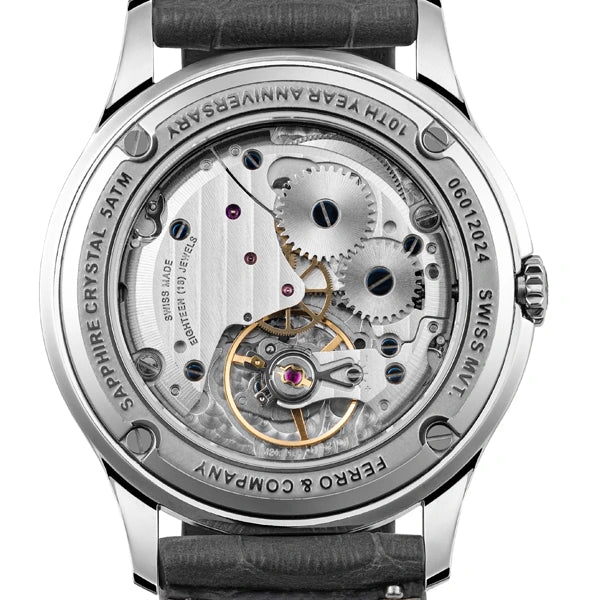Aviator Watches: A Legacy of Innovation and Adventure
Aviator watches have long captured the imagination of enthusiasts and collectors alike, symbolizing adventure, precision, and the enduring human quest for flight. With their roots deeply intertwined with aviation history, these timepieces are not just instruments of timekeeping but also markers of technological and design evolution. In this blog, we delve into the fascinating world of aviator watches, exploring their origins, iconic features, and the stories behind the first aviator watches ever made.
The Birth of Aviator Watches
The early 20th century was a time of groundbreaking advancements in aviation. As humanity pushed the boundaries of flight, the need for reliable tools to assist pilots became evident. Navigating the skies required precision, and aviator watches emerged as indispensable tools for aviators.
The first aviator watches were not mere accessories; they were purpose-built instruments designed to withstand the rigors of flight. These watches needed to be legible in challenging conditions, durable enough to endure turbulence, and precise enough to aid in navigation. The pioneering designs of these timepieces laid the foundation for the aviator watches we know today.
The First Aviator Watch: A Legacy Begins
One cannot discuss the history of aviator watches without mentioning Louis Cartier and Alberto Santos-Dumont. In 1904, Santos-Dumont, a Brazilian aviation pioneer, approached his friend Louis Cartier with a problem: the pocket watches of the time were impractical for use during flight. Retrieving a pocket watch while piloting was cumbersome and dangerous.
In response, Cartier designed a wristwatch specifically for Santos-Dumont. Known as the Cartier Santos, this timepiece is widely regarded as the first aviator watch. Its design featured a square case, large numerals, and a leather strap, making it both stylish and functional. The Cartier Santos not only addressed the practical needs of aviators but also helped popularize wristwatches, which were relatively uncommon at the time.
The Cartier Santos was a game-changer, but it was just the beginning. As aviation technology advanced, so did the demands placed on aviator watches. Manufacturers around the world began developing timepieces tailored to the needs of pilots, leading to the creation of some of the most iconic watches in history.
Iconic Features of Aviator Watches
Over the years, aviator watches have evolved to incorporate a range of features that make them unique. These features are not merely aesthetic but serve practical purposes for pilots:
-
Large, Legible Dials: Aviator watches typically feature large dials with bold, easy-to-read numerals. This design ensures that pilots can quickly read the time, even in low-light conditions or during turbulent flights.
-
Luminescent Markings: To enhance visibility, many aviator watches have luminescent hands and markers. This feature allows pilots to read the time in complete darkness, a crucial capability during night flights.
-
Oversized Crowns: The crowns on aviator watches are often larger than those on traditional watches. This design enables pilots to adjust the watch while wearing gloves, a necessity in the early days of open-cockpit aviation.
-
Chronograph Functions: Many aviator watches include chronograph functions, allowing pilots to measure elapsed time for tasks such as navigation and fuel management.
- Robust Construction: Aviator watches are built to withstand extreme conditions, including high altitudes, temperature fluctuations, and mechanical vibrations. This durability ensures reliable performance in challenging environments.
Other Early Aviator Watches
While the Cartier Santos holds the distinction of being the first aviator watch, other brands quickly followed suit, creating timepieces that catered to the needs of pilots.
Zenith and Louis Blériot
In 1909, French aviator Louis Blériot made history by becoming the first person to fly across the English Channel. During this monumental flight, he wore a Zenith wristwatch. The watch featured a large, easily readable dial, marking another milestone in the development of aviator watches. Zenith’s collaboration with Blériot highlighted the growing recognition of wristwatches as essential tools for pilots.
Longines and Charles Lindbergh
Another significant development in aviator watches came in 1931, when Charles Lindbergh collaborated with Longines to create the Hour Angle Watch. Lindbergh, famous for his non-stop solo flight across the Atlantic in 1927, envisioned a watch that could assist pilots with navigation. The Hour Angle Watch allowed aviators to determine their longitude during flight, making it an invaluable tool for long-distance travel.
The Rolex Oyster Perpetual and Aviation
In 1933, the Houston Expedition made the first-ever flight over Mount Everest. The pilots wore Rolex Oyster Perpetual watches, showcasing their reliability in extreme conditions. While not explicitly designed for aviation, these watches demonstrated the importance of robust and accurate timepieces in high-altitude environments.
The Golden Age of Aviator Watches
The mid-20th century is often referred to as the golden age of aviation, and it coincided with significant advancements in aviator watch design. During World War II, aviator watches became standard-issue equipment for military pilots. Brands like IWC, Breitling, and A. Lange & Söhne played pivotal roles in this era.
IWC Mark Series
IWC’s Mark XI, introduced in 1948, became one of the most iconic aviator watches of all time. Developed for the Royal Air Force, the Mark XI featured a highly legible dial, anti-magnetic properties, and exceptional durability. It set the standard for military aviator watches and remains a beloved design among collectors.
Breitling Navitimer
Introduced in 1952, the Breitling Navitimer took aviator watches to new heights with its integrated slide rule. This feature allowed pilots to perform a range of calculations, from fuel consumption to flight time, directly on their wrist. The Navitimer’s combination of functionality and style made it a favorite among pilots and aviation enthusiasts.
Modern Aviator Watches
Today, aviator watches continue to evolve, blending traditional design elements with modern technology. Brands like Breitling, IWC, Zenith, and others remain at the forefront of this category, producing timepieces that appeal to both pilots and civilians.
Modern aviator watches often incorporate advanced materials, such as titanium and ceramic, to enhance durability. They may also include features like GPS synchronization, altimeters, and Bluetooth connectivity, catering to the demands of contemporary aviation.
Despite these technological advancements, many modern aviator watches pay homage to their historical predecessors. Vintage-inspired designs, such as the reissued Cartier Santos and Longines’ Heritage collection, celebrate the legacy of early aviator watches while meeting the standards of modern craftsmanship.
A Symbol of Adventure
Beyond their functionality, aviator watches hold a unique place in the world of horology. They are symbols of adventure, resilience, and the human spirit’s drive to conquer the skies. For collectors and enthusiasts, owning an aviator watch is not just about possessing a timepiece; it’s about connecting with a rich history of innovation and exploration.
Whether you’re a professional pilot, an aviation enthusiast, or simply someone who appreciates the craftsmanship and heritage of fine watches, aviator watches offer something truly special. Their timeless designs and storied past make them a fitting tribute to the pioneers of flight and the enduring allure of the skies.
Conclusion
From the groundbreaking Cartier Santos to the technologically advanced aviator watches of today, these timepieces have come a long way. They have transcended their functional origins to become symbols of style, precision, and adventure. As we look to the future of aviation and horology, aviator watches will undoubtedly continue to inspire and captivate, reminding us of humanity’s boundless ambition and creativity.
Now that you learned a thing or two about pilot watches and what they say about the person wearing them, check out our Pilot Watch Collection and see which one you’ll choose.


